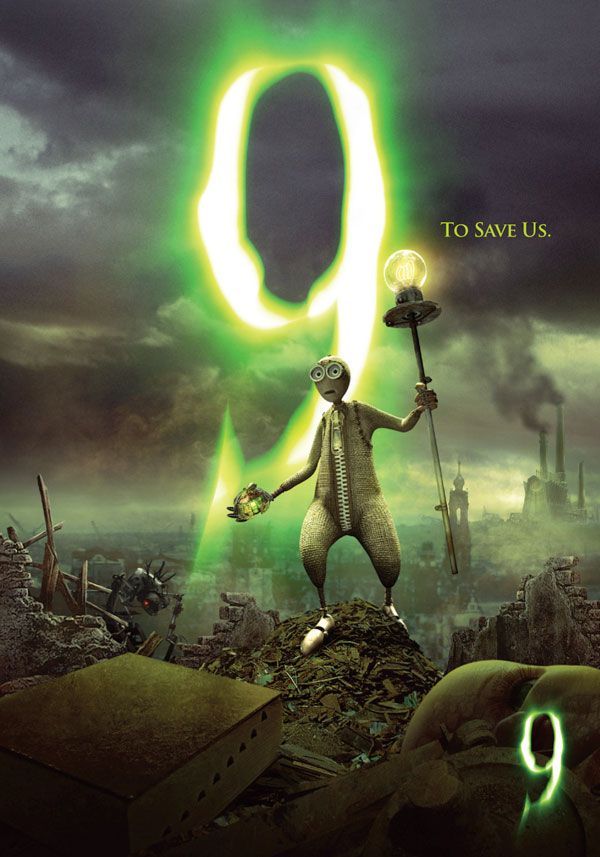The Nine of Swords tarot card is often regarded as one of the most alarming images in the tarot deck. It portrays a scene steeped in turmoil and despair, which resonates profoundly with the human experience of anxiety and sleepless nights. This card speaks to the unwelcome visitors of our minds: worry, fear, and anguish. It encapsulates the feeling of being ensnared in the clutches of despair, a stark reminder of the psychological battles that frequently go unnoticed. As we delve into the myriad interpretations and symbolism of the Nine of Swords, we are prompted to consider not only its characteristic shadows but also the transformative potential hidden within its disquieting imagery.
At first glance, the Nine of Swords displays a figure sitting up in bed, with their head in their hands, surrounded by a backdrop of swirling swords. Each sword represents a different worry—be it personal, relational, or existential. This imagery serves as a poignant metaphor for the collective burden we often carry, underscoring how our fears—often exaggerated in the quiet of the night—can feel insurmountable. The juxtaposition of the restful bed against the chaos of the swords evokes a striking contrast: a safe space disrupted by the inner turmoil that threatens to invade it.
In a broader sense, the Nine of Swords reflects the concept of mental anguish and the psychological weight of guilt and self-doubt. The card is often interpreted as a harbinger of nightmares, suggesting that the struggles faced during waking hours may manifest in the subconscious. The edges of the swords in the illustration can be viewed as sharpened thoughts that pierce the very fabric of tranquility, rendering it difficult to attain solace. Nighttime, traditionally associated with rest and rejuvenation, becomes a breeding ground for anxieties that flourish in the shadows of uncertainty.
One of the most compelling aspects of the Nine of Swords is that it does not merely dwell on the negative. Although the immediate interpretation may invoke feelings of despair, it also serves as a potent catalyst for self-reflection and personal growth. The card challenges us to examine the source of our anxieties. Are these worries founded in reality, or are they mere specters of our imagination? This inquiry can be pivotal in confronting the fears that disrupt our equilibrium.
From a practical perspective, the Nine of Swords urges individuals to engage in introspection. When this card appears in a reading, it may be a prompt to acknowledge the areas in life where fear reigns supreme. One must confront these emotions rather than allowing them to fester unchecked. Journaling, meditation, and open dialogue can facilitate the exploration of such feelings, bringing them into the light where they can be addressed head-on. The illumination of understanding provides an avenue to sift through the perceived chaos, leading one toward a clearer understanding of self and circumstance.
Moreover, the symbolism extends beyond individual anguish. The Nine of Swords can illuminate broader societal fears—those that grip communities or cultures at large. Consider moments of collective anxiety, such as economic downturns, political unrest, or global crises. The card acts as a reflective surface for the anxieties that permeate our collective psyche. In doing so, it highlights our shared vulnerability and the necessity for empathy in addressing both personal and communal fears.
While the cards in a tarot deck often reflect the cyclical nature of life, the Nine of Swords invites us to observe the transient nature of fear itself. Emotions and thoughts, like clouds, can obscure the sun but inevitably pass. Understanding this impermanence can aid in navigating periods of distress. To dwell on the Nine of Swords is to recognize that, while fear may be a formidable presence, it is also a temporary state.
Furthermore, the imagery of the Nine of Swords serves to illustrate the importance of seeking support in navigating life’s tribulations. The isolation of the figure in the card emphasizes how easily one can become ensnared in the web of their worries. This isolation may detract from the potential for healing and understanding that can be found in shared experiences. Surrounding oneself with trusted confidantes or mental health professionals can offer a reprieve from the clamor of distressing thoughts and open avenues for healing.
The card is not without its transformative possibilities. Acknowledging the presence of the Nine of Swords may represent a turning point—a time to confront what has been repressed or avoided. In doing so, one may find the empowerment that comes from addressing their fears, thus reclaiming agency over their narrative. It encourages individuals to seek clarity, gather their scattered thoughts, and reorient their focus toward actionable steps for self-improvement.
Conclusively, the Nine of Swords encapsulates a deep psychological struggle that resonates with many. This card, with its vivid and tumultuous depiction, not only serves as a representation of our fears but also as a powerful reminder of the resilience of the human spirit. By acknowledging the emotions that it evokes, we can better navigate the complexities of our inner worlds. As we heed its warnings and embrace its lessons, we discover that even amidst despair, there exists the potential for renewal and growth. In this way, the Nine of Swords becomes not merely a card of darkness, but a profound agent of transformation and enlightenment.









Leave a Comment